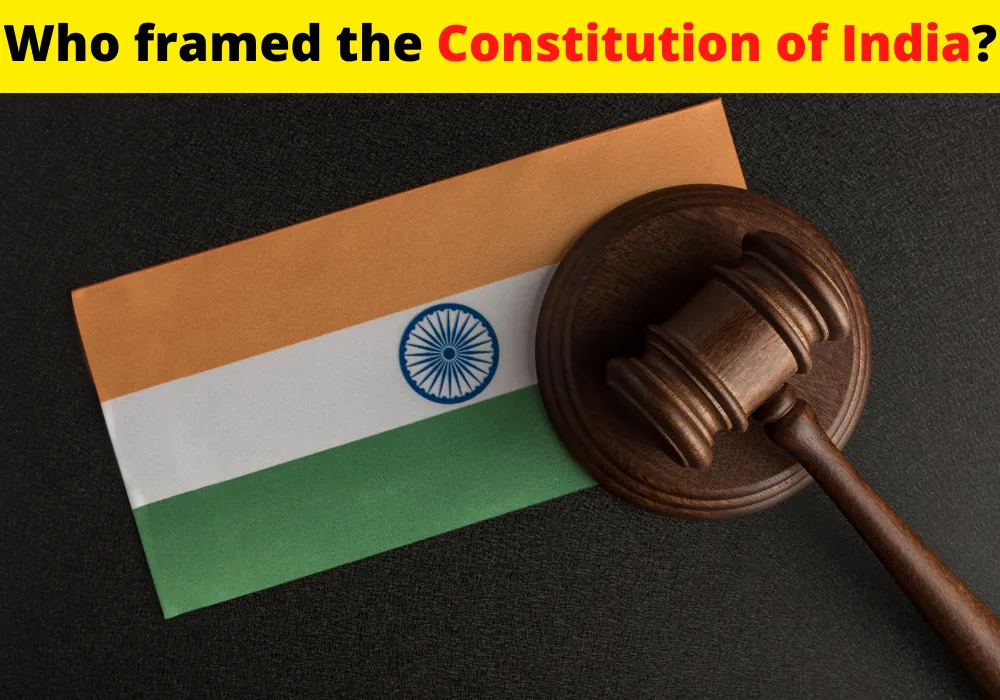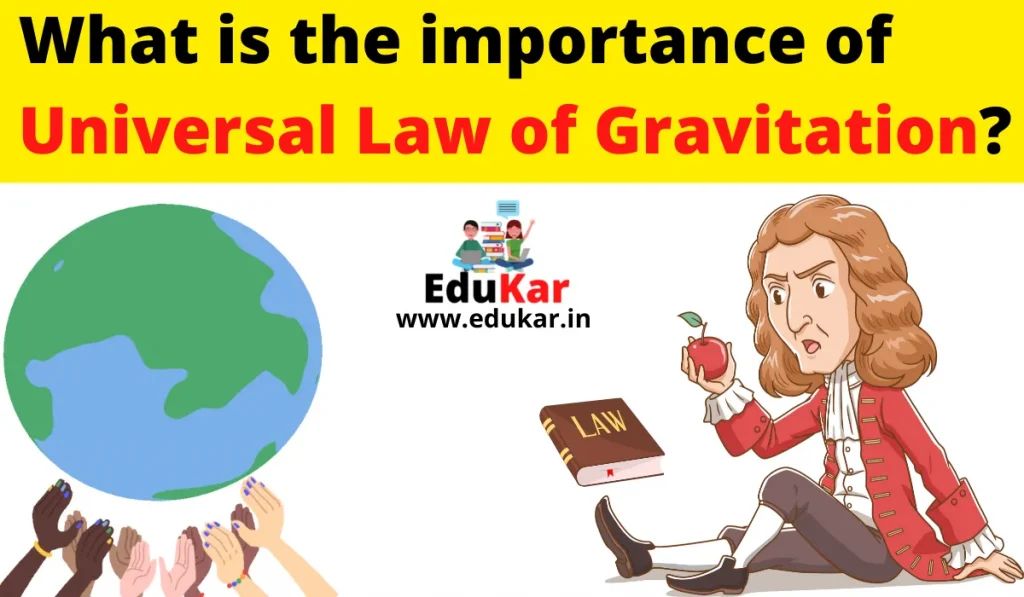Contents

The constitution of India was framed by the Constituent Assembly on 26 November 1949. It came into force on 26 January 1950 and replaced the Government of India Act 1935. The constitution is the fundamental law of India governing the country’s system of governance. It consists of a preamble and 124 articles.
The process of framing the constitution of India and the many issues that were discussed and decided on have never been fully answered or understood. This blog post explores the question of who framed the constitution of India. One thing that is clear is that the constitution of India is the result of many different views and discussions on important topics in the world today.
What is constitution?
It is a document which enjoys special legal sanctity which means it enjoy special sensation law.
It contains the principles and functions of the organs of the government of a state.
On behalf of state, govt makes these functions:
- Law making
- Law Implementation
- Law adjudication
These functions performed by 3 different organs of government:
- Law making- Legislature
- Law Implementation- Executive
- Law adjudication- Judiciary
The constitution contains the Ideal and aspiration.
- Ideal: Goals that achieved by the people.
- Aspirations: Goals that not achieved by the people.
Indian Constitution
| Philosophical Aspects | Government Aspects |
| 1. Preamble | 1. Union govt |
| 2. Fundamental rights | 2. State govt |
| 3. DPSP | 3. Local self govt |
| 4. Fundamental duties |
A brief history of constituent assembly
- Idea of constituent assembly put forward for the first time by M.N. ROY.
- In 1935 INC officially demanded constituent assembly.
- Demand was finally accepted in August Offer 1940.
- In 1942, Sir Stafford Cripps came to India with draft proposal on framing of constitution known as Cripps Mission Plan. But proposal rejected by Muslim League.
- Finally, a Cabinet Mission was sent to India, which more or less satisfied Muslim league.
Composition of constituent assembly
- The elections to the constituent assembly took place in July,1946.
- The members were indirectly elected by the member of provincial assemblies.
- It was constituted in November 1946 under the scheme formulated by Cabinet Mission Plan.
- 1st session of assembly took place on December 9,1946; presided over by Dr. Sachchidanand Sinha.
- Muslim league boycotted the session and demanded separate constituent assembly for Pakistan.
- On 11 Dec,1946; Rajendra Prasad and H.C Mukherjee were elected as President and Vice-President of assembly.
- B.N Rau was appointed as the legal or constitutional advisor to the constitutional assemble.
- The assembly constituted 22 committees to give input on various aspects.
- Some imp committees and their chairman are:
- Rules committee- Dr. Rajendra Prasad
- Drafting committee- Dr. B.R. Ambedkar
- Union constitution committee- Pandit Nehru
- State / Provincial constitution committee- Sardar Patel
- State committee- Pandit Nehru
10. Constitution was adopted on 26th Nov, 1949.
11. It was decided that constituent assembly will act as parliament of country till the first general election.

Enforcement of the constitution
- The constitution came into force on 26th Jan, 1950.
- Jan 26 was chosen because it was on this day in 1930 Purna Swaraj was demanded by INC in its Lahore Session.
Salient feature of Indian constitution
- It is a written constitution.
- Drawn from various source.
- In India we have parliamentary system.
- It is a flexible constitution with few rigid provision.
- It is a federation with strong unitary features.
Preamble of the constitution
Introduction
- It is not mandatory but customary on the part of the written constitution to have preamble.
- The preamble is a summary to the constitution.
- It contains the philosophy and summary of the constitution.
- It gives a bird’s eye view of the entire constitution.
Significance of the preamble
- It declares the supremacy of the people of India.
- Preambles is the part of the constitution.
- It contains the Ideal and aspirations of the people.
- The preamble also contain the enacting clouse i.e, the date on which the constitution was adopted and enacted that is 26th Nov,1949.
Amendment to the preamble
- Preamble had been amended ones till now.
- Preamble was amended by the 42th amendment,1976.
- Original: Sovereign, Democratic, Republic.
- New: Sovereign, Socialist, Secular, Republic, Democratic.
- Original: UNITY
- New: UNITY, Integrity.
Final Words
The framing of the Constitution of India is an important event in the history of India. It was the first time in the history of the world that a Constitution came into effect after being drafted and adopted by the people of the country.
We hope you enjoyed this article on “Who framed the constitution of India?” We were hoping to provide an interesting take on the history of India and the role of the constitution in this country. If you enjoyed this article, please leave your thoughts in the comments section below.
Please contact us anytime if you have any further questions or concerns by visiting EduKar. Thank you for reading, we would love to hear from you!



![Corporate Accounting [Important Questions & Answers with MCQ] Corporate Accounting Important Questions & Answers](https://edukar.in/wp-content/uploads/2022/09/Corporate-Accounting-Important-Questions-Answers-1024x597.webp)


![Zoology Important Questions [Class 11th-English medium] Zoology Important Questions class 10 english medium](https://edukar.in/wp-content/uploads/2022/09/Zoology-Important-Questions-class-10-english-medium-1024x597.webp)

![Biology Class 10 Very important [Questions &Answers] Biology Important Questions with Answers class 10](https://edukar.in/wp-content/uploads/2022/09/Biology-Important-Questions-with-Answers-class-10-1024x597.webp)
![Web application and Security Class 10 [Questions Answers & MCQs] Web application Class 10 Questions & Answers](https://edukar.in/wp-content/uploads/2022/09/Web-application-Class-10-Questions-Answers-1024x597.webp)




![Digital Documentation Class 9 [Questions Answers & MCQ] Digital Documentation Class 9](https://edukar.in/wp-content/uploads/2022/08/Digital-Documentation-Class-9-1024x597.webp)

